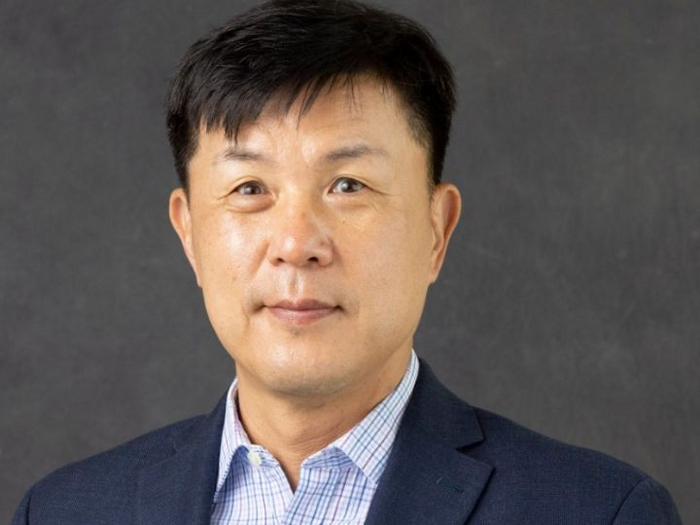Research by a University of Houston College of Optometry scientist supports the continued investigation into how peripheral vision may contribute to myopia, or nearsightedness, and could be a pathway to slowing or preventing the condition altogether.

Credit: University of Houston
Research by a University of Houston College of Optometry scientist supports the continued investigation into how peripheral vision may contribute to myopia, or nearsightedness, and could be a pathway to slowing or preventing the condition altogether.
It’s research that is significantly in demand.
By 2050 almost 50% of the world (5 billion people) will be myopic. That means if you’re not nearsighted and wearing glasses, the person sitting next to you soon will be. The World Health Organization has called the rapid increase “alarming.” Myopia typically grows fastest in children aged 7-11 and can be associated with long-term eye health problems, even leading to blindness.
And though the numbers are staggering, the cause of myopia is a mystery. Researchers know that myopia occurs when a child’s developing eyes grow too long from front to back. Instead of focusing images on the retina — the light-sensitive tissue in the back of the eye — images of distant objects are focused on a point in front of the retina.
But the mechanisms that ignite that kind of eyeball growth remain elusive. For decades scientists have forwarded the notion that peripheral vision impacts myopia, and now Geunyoung Yoon, Irvin M. Borish Chair Professor at the UH College of Optometry, is taking a deeper look and creating new tools to examine the role of peripheral vision in myopia.
“Our long-term goal is to understand the influence of peripheral optical and neural factors on myopia development,” said Yoon who has received a $2.1 million grant from the National Eye Institute to support his work.
Much of the work surrounds the orientation of blurred vision in the periphery.
“We think the visual system, including the eye, uses this orientation of the blur in the periphery to determine the direction of eye growth,” said Yoon. “Also, both optical and neural properties, including the retina and brain, are similar so we think they work together to determine whether the eye needs to grow more or not.”
To determine the mechanisms of the peripheral vision, Yoon will develop and implement innovative optical tools including a compact scanning ocular wavefront sensor, an open view scanning adaptive optics vision simulator and individually customized contact lenses.
Once the tools are in place, he will begin a longitudinal study of youngsters to track their vision over a period of three years.
“It is critical to investigate the mechanisms underlying myopia development in order to design effective interventions to control the progression of myopia in children, and to delay or ultimately prevent onset altogether,” said Yoon.




